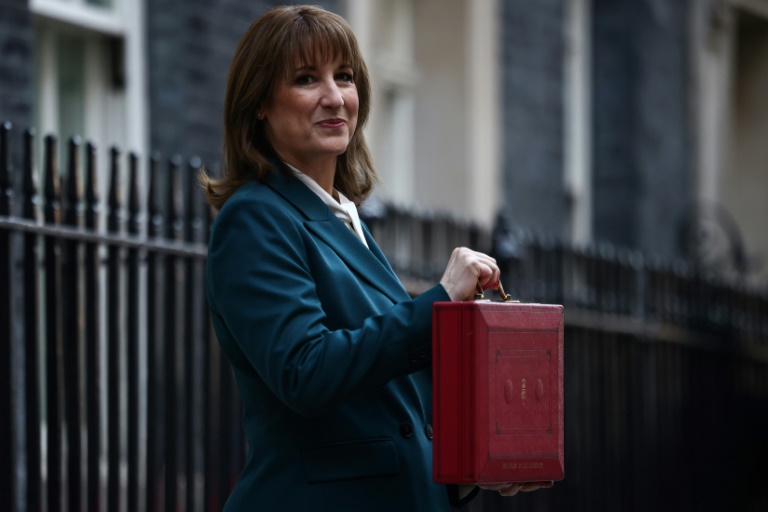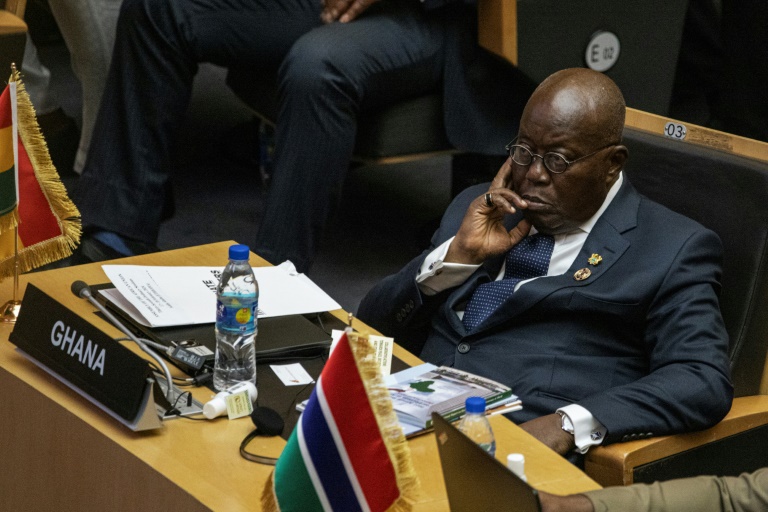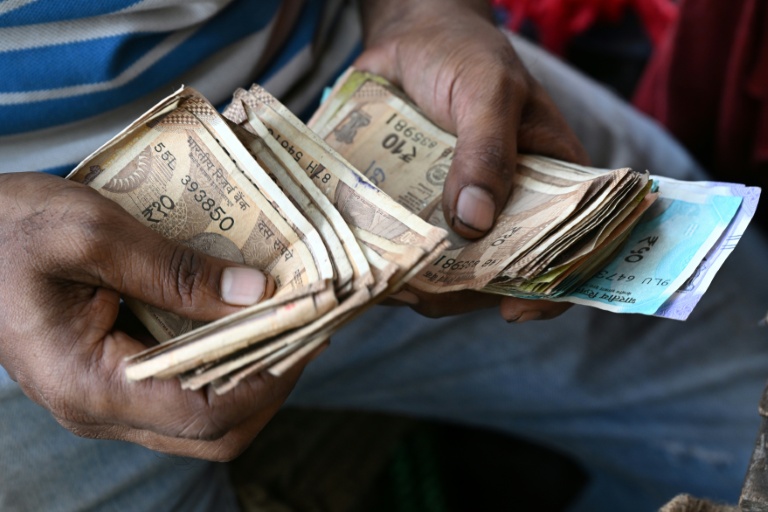New Delhi (AFP) – India’s economy grew faster than expected in the last quarter, official data showed Friday, but the impact from US tariffs is expected to bite in the rest of the financial year. Gross domestic product rose 8.2 percent year-on-year in the July-September period, the statistics ministry said, the fastest rate in over a year. The growth was an acceleration from the 7.8 percent recorded in the previous quarter and soared beyond analysts’ forecasts of 7.4 percent.
Prime Minister Narendra Modi called the figures “very encouraging,” hailing in a post on X his government’s “pro-growth policies and reforms.” The latest figures were spurred by higher consumer demand, solid manufacturing sector growth, and statistical factors. “Growth has exceeded expectations dramatically,” Madhavi Arora, chief economist at Emkay Global Financial Services, said in a note. She noted the “lagged effects of monetary and regulatory easing” that helped the quarterly performance, as well as a “limited” decline in exports.
Friday’s reading reaffirms India’s position as the fastest growing major economy and comes as welcome news for policymakers grappling with a weak rupee, falling exports, and a pivot away from Russian oil imports. US President Donald Trump has slapped 50-percent tariffs on most Indian products as punishment for New Delhi’s purchases of Russian oil, which Washington claims helps finance Moscow’s invasion of Ukraine. Indian shipments largely held up between April and August as exporters rushed to beat the tariff clock. But since then, the tariffs have started to bite, with overall exports falling 11.8 percent year-on-year in October, hurt by a drop in US-bound shipments.
Some experts expect the economy to lose steam in the coming quarters. “An adverse base, the potential negative impact of US tariffs, and limited headroom for capital spending by the government of India may dampen the pace of growth,” said Aditi Nayar, chief economist at ratings agency ICRA. India’s press has reported an imminent trade deal with the United States, but neither side has officially announced a breakthrough.
Meanwhile, the International Monetary Fund recently cut its forecast for India’s next financial year from 6.4 percent to 6.2 percent, citing a “baseline assumption of prolonged 50-percent US tariffs.” The Global Trade Research Initiative, a New Delhi-based think-tank, estimates that if the harsh tariffs stick, India’s exports could fall to about $49.6 billion in the current fiscal year — a steep drop from the $86.5 billion recorded last fiscal cycle.
The world’s fifth-largest economy slowed in the second half of 2024, with annual growth hitting a four-year low in the fiscal year that ended March 31. While growth has rebounded since then, the drop in activity prompted Modi to roll out sweeping income and consumption tax cuts. Modi’s government has since approved $5 billion in relief measures for exporters and pushed through long-awaited labour law reform in an attempt to woo foreign investment and cut red tape for businesses. “Our government will continue to advance reforms and strengthen Ease of Living for every citizen,” the prime minister vowed on Friday.
© 2024 AFP
















